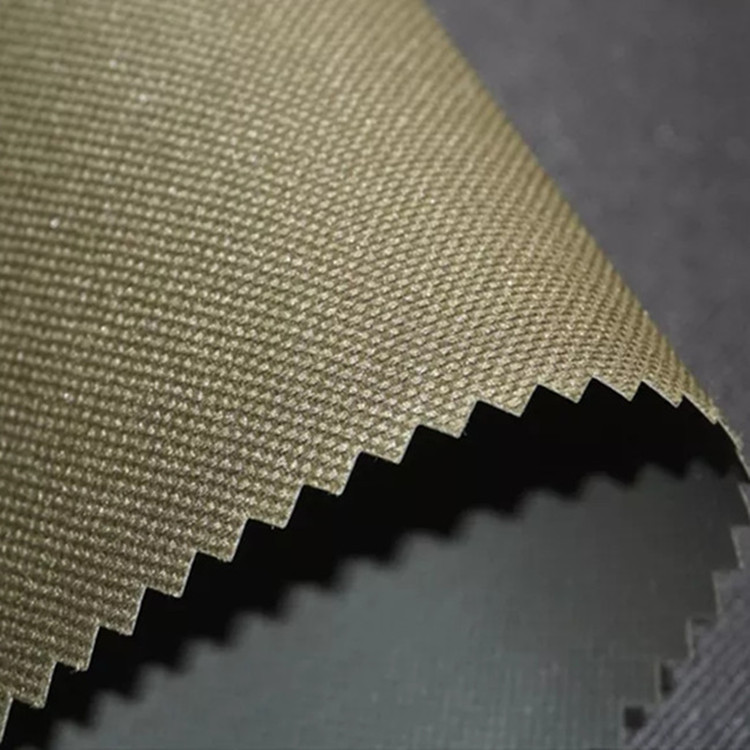Non woven polyester material
Polyester spunbond non-woven fabric has high strength, good high-temperature resistance (can be used for a long time in a 150 ℃ environment), aging resistance, UV resistance, high elongation, good stability and breathability, corrosion resistance, sound insulation, moth resistance, and non toxicity
Raw material characteristics
1. Polyester fibers have excellent wrinkle resistance, elasticity, and dimensional stability, as well as good electrical insulation properties. They are resistant to sunlight, friction, mold, and decay. They also have good resistance to chemical reagents and can withstand weak acids and alkalis.
2. At room temperature, it has a certain ability to withstand dilute and strong acids, but poor resistance to strong alkalinity.
3. The dyeing performance of polyester fibers is poor, and they generally need to be dyed with dispersed dyes at high temperatures or in the presence of carriers.
Application of polyester non-woven fabric
1. Used for indoor decoration, carpet base fabric, pharmaceutical industry fabric, fluff, lining, etc.
2. Used for construction, roof waterproofing serves as a base fabric, with sand, cement, etc. attached to it to prevent sand leakage.
3. Used in construction, it is a measure taken to prevent cracks.
4. According to the aging and high temperature resistance characteristics of spunbond non-woven fabrics, they are widely used in home textiles, composite materials, luggage materials, etc. High temperature transfer printing is used to produce high-end and affordable fabrics; And due to its aging resistance; Highly recognized by consumers.
The market for polyester spunbond non-woven fabric
The application of geotextiles in foreign countries began as early as the 1960s. The United States is the country with the largest consumption of geotextiles in the world. In the early 1990s, its annual usage was over 300 million square meters, and in recent years, its usage has reached 700 million square meters. Geotextiles in Europe and Japan have also experienced rapid development, with an annual usage of around 400 million square meters in recent years. Among them, spunbond nonwoven fabrics account for about 60% of nonwoven geotextiles; After the mid-1990s, Japan saw a significant increase in the application of geotextiles. Among Japanese nonwoven geotextiles, the use of spunbond method is the largest, accounting for about 60% of the total amount of nonwoven geotextiles, and mainly PET spunbond fabric.
The geotextile in our country started in the early 1980s, but the amount used was very small at that time, and it was only an experimental application. It was not until the 1998 catastrophic flood that the government paid attention to it, and the construction department included the application of geotextiles in the design specifications and formulated relevant national standards that geotextiles truly gained attention and development. At present, the usage of geotextiles in China has exceeded 300 million square meters, and non-woven geotextiles account for about 40% of the total. China’s civil engineering construction has a huge potential market, which is no less than the current usage of 700-800 million square meters in the United States. Experts estimate that China’s geotextiles will continue to grow in double digits in the next 15 years, with PET spunbond filament geotextiles showing the fastest growth rate.
Professional technical engineer dedicated to guide you
According to your actual needs, choose the most reasonable overall design and planning procedures
